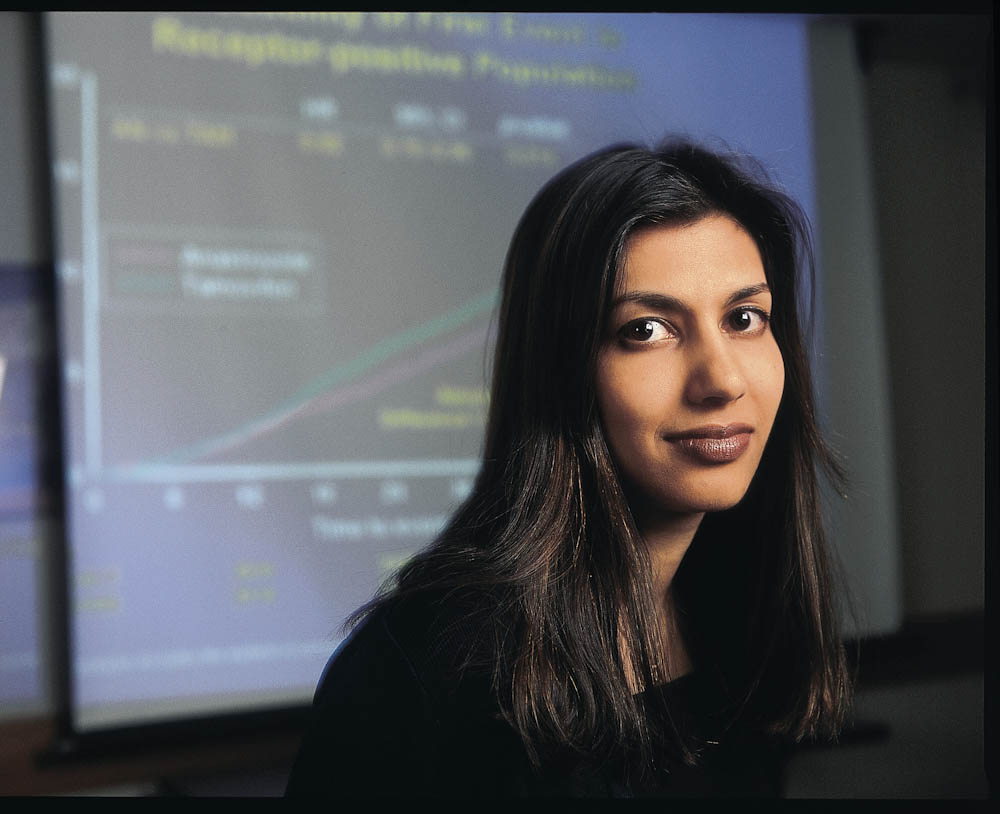
Radiation therapy, which uses radiation to kill cancer cells, is a common treatment option for breast cancer patients. After a lumpectomy, a standard course of radiation therapy with breast cancer lasts six weeks. A new option for some breast cancer patients uses slightly higher doses of radiation over a shorter period of time.
Both the standard and shorter regimens require daily treatments, Monday through Friday for 15 to 20 minutes; however the shorter course (or “hypofractionated” course) lasts only three and a half weeks. This allows patients to spend more time at home, with their families, or at work.
The words “higher dose per day” can be off-putting to patients, but studies have shown that the hypofractionated course is just as safe and successful, according to Rinaa Punglia, MD, MPH, a radiation oncologist at Dana-Farber.
Read more:
While the shorter course administers a higher daily dose of radiation, there is no change in side effects like fatigue or skin toxicity.
However, this new option may not be available to every patient. “We are stringent about the criteria– if physical constraints do not allow for delivered dose to be homogenous or even, we can’t do the shorter course,” says Dr. Punglia, who also mentions that the new course is not available for patients who need to have nodes treated. “We can’t have all breast cancer patients be eligible, but we definitely offer it when we think it will be safe and effective, and most patients appreciate having fewer appointments.”
